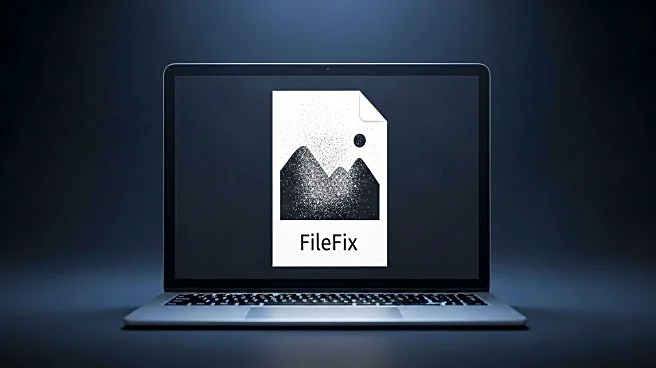What's Happening?
Healthcare organizations are increasingly vulnerable to cybersecurity threats due to insufficient attention to client-side security. In 2024, the U.S. Department of Health and Human Services reported 677 major healthcare data breaches, affecting over 182 million individuals. These breaches are primarily due to hacking incidents that exploit end-user devices and web interfaces. Despite advancements in server-side security, client-side environments remain a significant gap in defense strategies. The use of JavaScript and third-party code in web applications expands the risk surface, leading to potential data leakage and digital skimming attacks. Third-party tracking technologies, present on nearly 99% of hospital websites, pose additional risks by potentially sharing unauthorized data with technology providers.
Why It's Important?
The growing threat of client-side security breaches in healthcare has significant implications for patient privacy and data integrity. Data leaks can lead to legal issues, identity theft, and financial loss, while compromising patient care and privacy. The theft of sensitive medical data opens organizations to larger attacks, privacy violations, and financial losses. Additionally, breaches can damage the reputation of healthcare organizations, leading to lost patient trust and business. As healthcare becomes increasingly digital, securing client-side environments is crucial to maintaining regulatory compliance and safeguarding patient trust.
What's Next?
Healthcare organizations must take proactive steps to mitigate client-side security risks. This includes establishing a third-party script inventory, leveraging behavioral monitoring and analysis, implementing strict access controls, and controlling data exfiltration. Balancing security with business processes is essential to ensure that third-party JavaScript is verified and trusted, allowing websites to run securely without disrupting operations. Strengthening client-side security measures is not only a regulatory necessity but also a moral imperative to protect patient data and trust.
Beyond the Headlines
The ethical dimension of client-side security in healthcare involves the responsibility to protect patient data and maintain trust. As digital healthcare expands, organizations must prioritize security to prevent breaches that could disrupt patient care and violate privacy. The integration of third-party technologies must be carefully managed to avoid unauthorized data sharing and ensure compliance with regulations like HIPAA. The long-term shift towards enhanced client-side security could lead to improved patient outcomes and trust in digital healthcare solutions.










